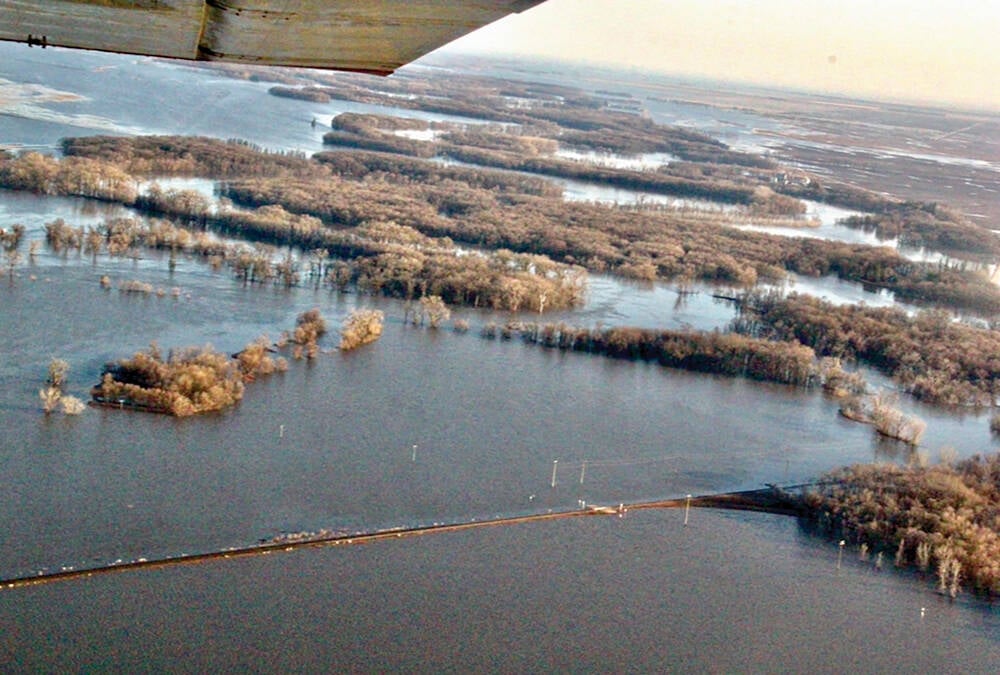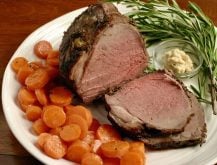An Alta. couple buys the rights to the Cuban Lunch, which was discontinued in 1991; that turned out to be the easy part
CAMROSE, Alta. — An Alberta woman’s foray into the candy industry began with noble intentions.
Regehr-Westergard wanted a suitable gift to bring to her mother, Elfie Regehr, 85, when visiting her in a Camrose senior’s facility.
“There’s so little I can buy her.”
Regehr-Westergard recalled that the Cuban Lunch was her mom’s favourite chocolate bar from years ago.
It would be the perfect gift, but she was unable to find one anywhere. So she turned to the internet, expecting to be able to order it.
Read Also

Rural Manitoba resources slim on natural disaster planning
A study from Brandon University’s Rural Development Institute has found that many rural and small municipalities don’t have the staff or resources to make formal climate plans against natural disaster.
That was a no-go. The chocolate and peanut bar went out of production in 1991 with the closing of Pauline Chambers, the Winnipeg biscuit and confectionary company that had manufactured and distributed Cuban Lunch in Western Canada for nearly 70 years.
Regehr-Westergard’s online research revealed a few other things as well: there were numerous recipes replicating the chocolate and peanut treat, the Cuban Lunch is a popular topic with online communities of fans who reminisce over snacks from the past, several myths circulate on the name of the bar, and that the Cuban Lunch trade name was for sale through the Canadian Intellectual Property Office.
It was a sweet surprise when Regehr-Westergard’s husband, Bert, bought the Cuban Lunch trademark in mid-2017 for her birthday.
“It was surprisingly cheap”, she said, mentioning a value of a few hundred dollars.
Thus continued the couple’s journey into food production, distribution, and sales. Little did they know that the road to reviving the Cuban Lunch was full of twists and turns and roadblocks.
“I think that’s why it’s never been brought back before,” said Regehr-Westergard. “There are so many prohibitive steps.”
But they persisted.
“I’m one of those people who doesn’t just talk about doing something. It’s either shut up or do it,” she said.
The couple completed a nationally recognized food safety course, and then experimented with recipes until they perfected the taste, initially working from home and then a commercial kitchen. They’d make batches of 200 to 300, which they handed out, for taste-testing and to gauge reception. The Cuban Lunch was a hit.
Regehr-Westergard began searching for a factory to mass produce the bar. After many dead-end inquiries, primarily because most facilities are peanut free, a deal was established with Brockmann’s Chocolates.
Producing the Cuban Lunch itself is just one part of the equation.
Packaging was its own complex detour. The Cuban Lunch nests in a paper cup.
“The paper comes from Japan as white origami paper. Then one of our suppliers sends it out to be died red, then its cut and pressed into the shape of the cup,” said Regehr-Westergard.
The bar requires a paper that won’t absorb and discolour due to the high fat content of chocolate.
And getting the specific size and shape was a trial.
“The first paper cup maker wanted $20,000 to make the mould,” said Regehr-Westergard. “We politely declined.”
The couple eventually had a mould made in California for $400.
Cuban Lunch is then packaged in the clear cellophane wrapper.
“We’ve tried to make the wrappers as authentic as possible while still following the Canadian Food Inspection Agency guidelines,” said Regehr-Westergard.
She’s confident she has a solid, sought-after product.
“People ask when and where they can get a Cuban Lunch,” she said.
“They ask, ‘why is it sold out?’ ”
She said most people have no idea of the complexities of the Canadian food supply supply chain.
Regehr-Westergard and her husband had been considering looking for capital investors, but have now applied for $150,000 in funding through District Ventures Accelerator, a program founded by Canadian businessperson and TV personality Arlene Dickinson, which provides sales, distribution and marketing support for a share of a minority equity stake in the company.
The project hasn’t been without its headaches.
This fall she had to temporarily deactivate her Facebook page, Canadian Candy Nostalgia — Cuban Lunch and more, citing negativity over delays in production.
“Some posts had over 20,000 hits,” she said.
“There’s too much negativity. My mental health couldn’t take it.”
The delay was caused by a missing shipment of the custom-made red rectangular crimped paper cups that the confection sits in within the clear cellophane outer wrapper.
A previous delay had been caused by those same paper cups being the wrong size.
Once the missing papers arrived, production of 125,000 bars could begin at Brockmann’s Chocolates, a third generation chocolatier at Delta, B.C.
Brockmann’s two previous Cuban Lunch runs this fall, of 60,000 and then 100,000 bars, are nearly sold out. When in stock, they sell at the Safeway, Sobeys and IGA, which have placed orders numbering in the hundreds of thousands. Bulk Barn also has standing orders.
“We’re working towards a monthly production,” said Regehr-Westergard, a full time physiotherapist in Camrose.
She sees stark differences between the two industries.
“With the Cuban Lunch, you don’t have to explain why they need to pay for it,” she said tongue-in-cheek. “Nor do you have to lure them in.”
The couple are now considering bringing back another popular chocolate bar from the past. The only details Regehr-Westergard would share were: “It doesn’t contain peanuts.”















